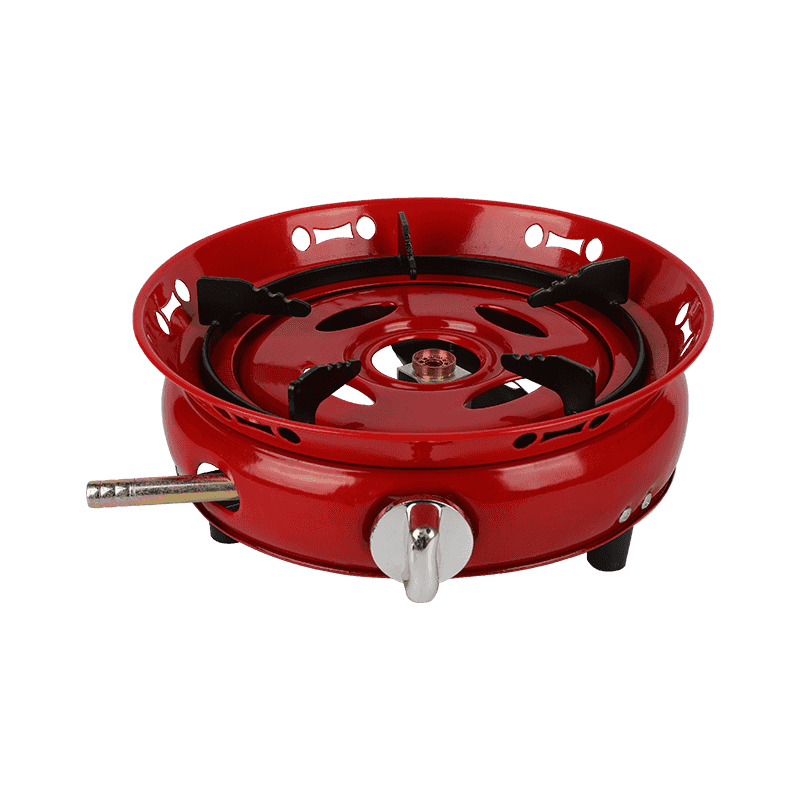Portable lightweight outdoor single hot plate
Cat:Single Hot Plate
Introducing our revolutionary Portable Lightweight Outdoor Single Hot Plate – the ultimate cooking companion for outdoor enthusiasts, adventurers, and...
See DetailsWhen you're camping in the backcountry or facing a power outage at home, your source of heat and hot food isn't a luxury—it's a necessity. For decades, two contenders have stood out for their reliability and power: the kerosene stove and the propane stove. But which one truly deserves a spot in your gear closet or emergency kit? This isn't just a debate about fuel; it's about performance, safety, and suitability for your specific needs. This guide will break down the key differences to help you make an informed decision.

When the temperature drops, the real test begins. Propane stoves rely on the pressure inside their canisters to vaporize the fuel. In freezing conditions, this pressure plummets, leading to a weak flame or the stove dying altogether. A common fix is to warm the canister, which can be inconvenient and risky.
Kerosene stoves, on the other hand, burn liquid fuel that is pressurized manually with a pump and then vaporized through a pre-heating process. Once running, they are largely unaffected by cold weather or high altitude. They burn hot and consistently, making them the undisputed champion for winter expeditions, mountaineering, and any scenario where reliable heat is non-negotiable.
This is the most significant concern for most users, especially for emergency home use.
Propane burns very cleanly with minimal odor. However, the fuel itself is heavier than air. If a hose leaks or a connection fails, the invisible gas will sink and pool at floor level, creating a significant explosion hazard. A carbon monoxide (CO) detector is an absolute must when using any combustion appliance indoors.
Kerosene has a distinct smell, and lower-quality fuel or an improperly adjusted stove can produce more odor and soot. The critical safety factor is ventilation. Kerosene stoves require a window or vent to be open to ensure a constant supply of fresh air, preventing the buildup of carbon monoxide. When used correctly with 1-K grade fuel in a well-ventilated area, the risks are manageable. The key takeaway: neither is perfectly safe indoors without proper precautions, but ventilation is non-negotiable for kerosene, while leak prevention is paramount for propane.
Your budget plays a key role. Generally, propane stoves are less expensive to purchase upfront, with a vast range of affordable models available.
However, when you look at long-term fuel costs, kerosene often wins. Bulk kerosene is significantly cheaper per BTU than disposable propane canisters. If you're building an emergency supply meant to last for weeks, storing several gallons of kerosene is far more economical than storing a mountain of small propane tanks. Kerosene also has an excellent shelf life when treated with a stabilizer, making it ideal for long-term storage.
There's no contest in terms of convenience. Propane is the clear winner. You screw on a canister, turn a valve, and push a button for an instant, controllable flame. Cleanup is typically minimal.
Kerosene requires a ritual. You must fill the tank, pump the plunger to build pressure, prime the burner (often with a small amount of alcohol or the fuel itself), and wait for it to vaporize before achieving a clean, hot burn. It also requires more maintenance, like periodically trimming and replacing the wick to ensure clean combustion. This process appeals to those who value self-reliance and don't mind a few extra steps for superior performance.
So, which one should you choose? Ask yourself these questions:
Is my priority ultimate convenience or ultimate reliability in harsh conditions?
Am I preparing for a weekend camping trip or a long-term disaster scenario?
How comfortable am I with learning a more involved operating procedure?
Choose a Propane Stove if: Your primary use is fair-weather car camping, backyard cooking, or short-term emergencies where speed and ease of use are your top priorities.
Choose a Kerosene Stove if: You venture into cold weather, need a reliable heat source for long-term emergency preparedness, value fuel economy, and are willing to master its operation.
For the truly prepared household, the ideal solution might be to own both: a propane stove for quick, convenient use and a kerosene stove with stored fuel as a robust, long-term backup. Understanding the strengths and weaknesses of each empowers you to stay safe, warm, and fed, no matter what situation arises.